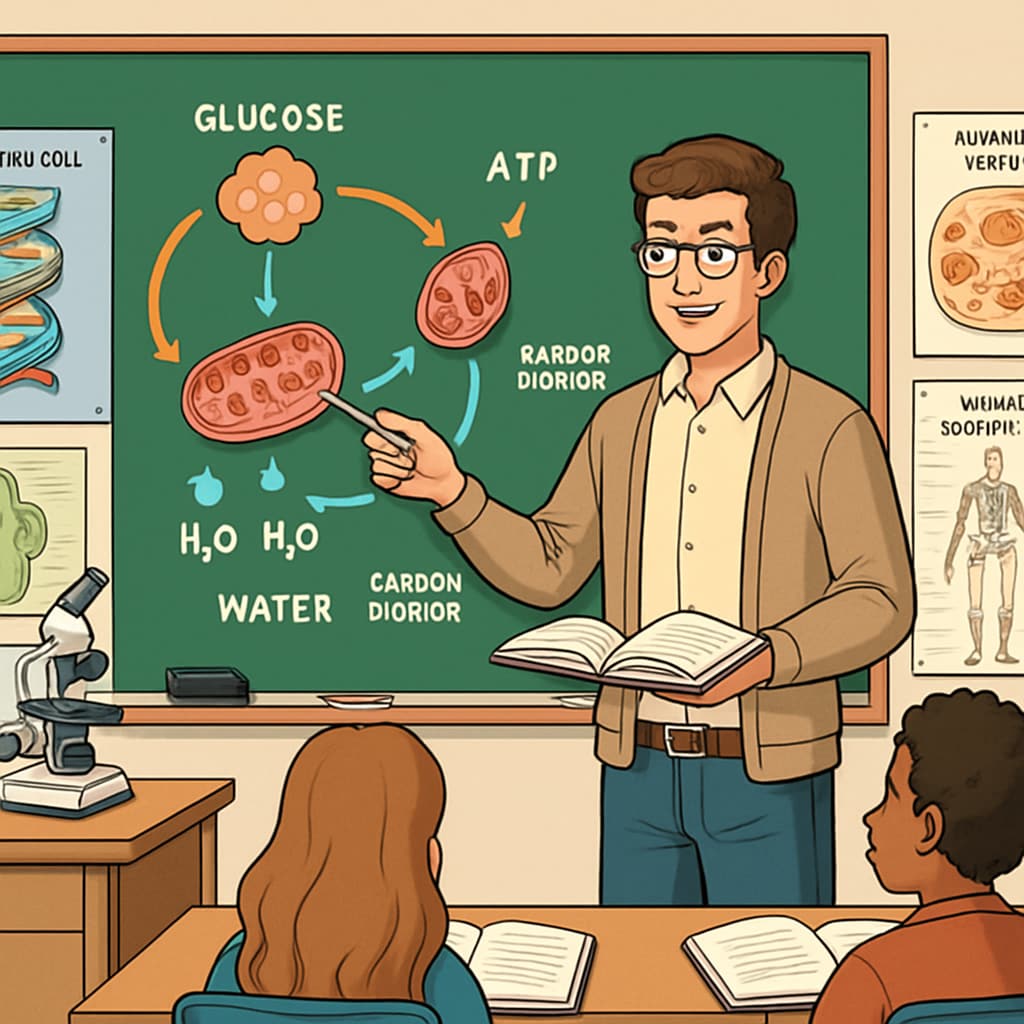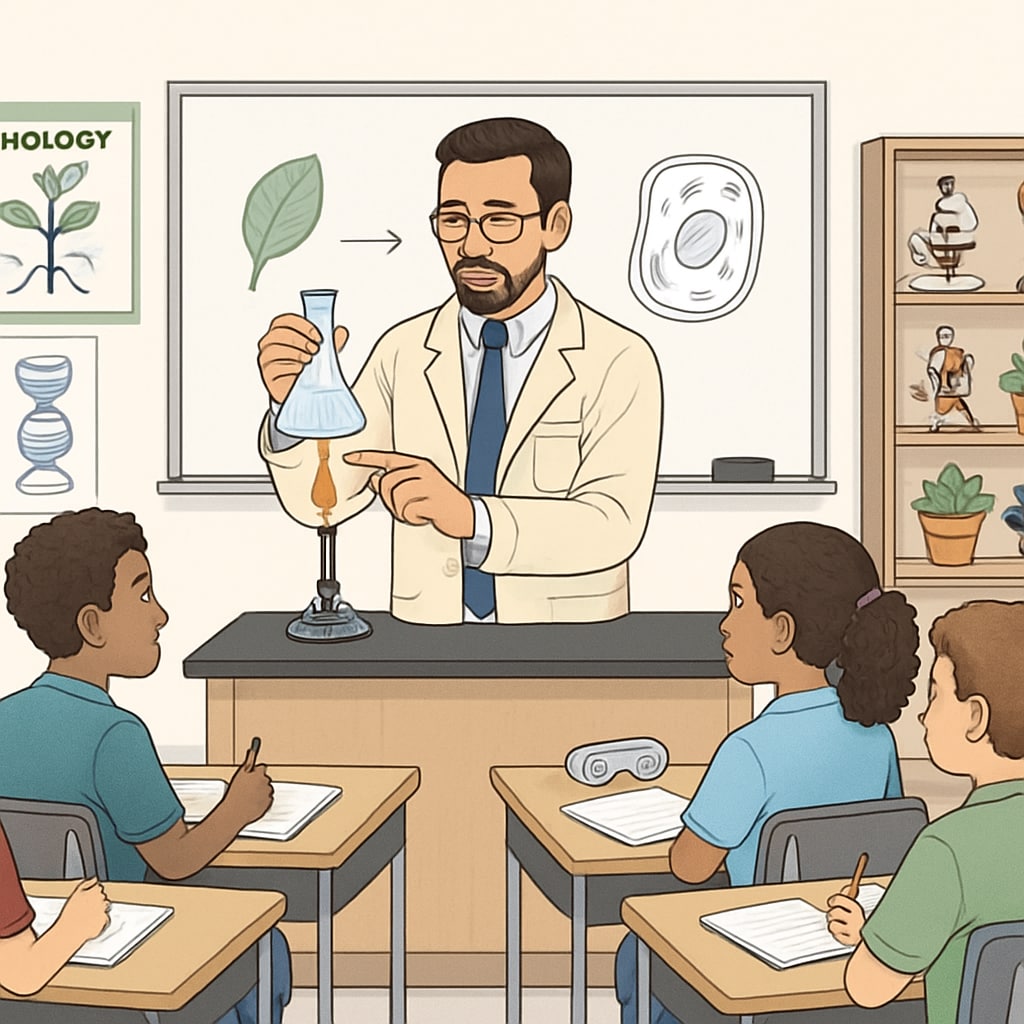For biology students considering a Master’s in Education, the journey may initially seem daunting. The process of transitioning between distinct academic domains involves overcoming challenges, embracing opportunities, and aligning one’s passion for biology with the skills required in teaching. This article explores the feasibility of such a transition, identifies key hurdles, and provides actionable advice for biology majors aspiring to make a meaningful impact in education.

Why Transition from Biology to Education?
Biology is a field that fosters critical thinking, problem-solving, and a deep understanding of life and natural systems. These qualities are invaluable in the field of education, especially in science teaching. A biology background equips individuals with subject matter expertise, which is highly sought after in STEM (Science, Technology, Engineering, and Mathematics) education.
Moreover, many biology graduates find that their passion lies not just in studying biology but in sharing their knowledge and inspiring others. Teaching provides an avenue to make a lasting impact on future generations while simultaneously addressing the global shortage of qualified STEM educators.
According to the U.S. Bureau of Labor Statistics, the demand for science teachers is expected to grow in the coming decade, making this career path both stable and fulfilling (source).
Challenges in Transitioning from Biology to Education
Despite the advantages, transitioning from a biology major to a Master’s in Education is not without its challenges. Below are some common barriers:
- Academic Adjustment: Education programs focus on pedagogy, classroom management, and curriculum design, which may be unfamiliar to biology students.
- Licensing Requirements: In many regions, becoming a certified teacher requires specific training and passing standardized tests, which can be time-consuming.
- Mindset Shift: Moving from a research-focused discipline to a people-centered profession requires adaptability and strong interpersonal skills.
Understanding these challenges early can help prospective students prepare effectively, ensuring a smoother transition.
Opportunities for Biology Majors in Education
While challenges exist, the transition also opens doors to unique opportunities:
- Specialized Roles: Biology graduates can pursue roles as science educators, curriculum developers, or even environmental education specialists.
- Interdisciplinary Impact: Combining biology expertise with teaching skills allows for creative, hands-on learning experiences that engage students.
- Career Stability: Education offers job security, benefits, and a clear progression path for those passionate about teaching.
Additionally, many universities offer tailored Master’s in Education programs for STEM graduates, making it easier to bridge the gap between disciplines.

Practical Tips for a Successful Transition
If you’re a biology major considering this career shift, here are some practical steps to facilitate the process:
- Research Programs: Look for Master’s in Education programs that emphasize STEM education or offer pathways for career changers.
- Gain Experience: Volunteer or work as a tutor, teaching assistant, or mentor to develop teaching skills and confirm your interest in the field.
- Understand Certification Requirements: Familiarize yourself with the teaching certification process in your region and plan accordingly.
- Leverage Your Strengths: Highlight your biology expertise and analytical skills during applications and interviews.
- Seek Mentorship: Connect with professionals who have made similar transitions to gain insights and guidance.
By taking these steps, aspiring educators can build a strong foundation and increase their chances of success in the education field.
Conclusion: A Rewarding Path Ahead
Transitioning from biology to a Master’s in Education is a feasible and rewarding journey for those passionate about teaching and learning. While it requires effort and adaptability, the opportunity to inspire future generations makes it a worthwhile pursuit. By preparing for the challenges, leveraging their unique strengths, and embracing the opportunities, biology students can successfully navigate this academic and professional transformation.
For more insights on STEM education and career pathways, explore resources like Education on Britannica or consult your local university’s education department.
Readability guidance: This article uses clear subheadings, concise paragraphs, and practical examples to ensure accessibility. Transition words and lists help maintain flow and structure, making the content engaging and informative.


